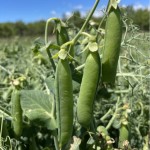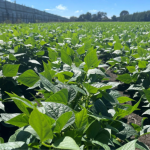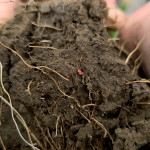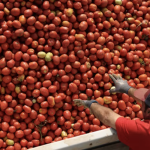Healthier Soil, Healthier Future - The Case for Regenerative Agriculture
Added 5 months ago
Large-Scale Study Finds Regenerative Farms Outperform Conventional Ones in Soil Health Metrics
Soil isn’t just dirt — it’s a living ecosystem, and according to new research by Lekberg et al. (2024), regenerative farming is the key to revitalising it.
In one of the largest comparative studies of its kind, researchers analysed 40 regenerative and 17 conventional farms across 18 U.S. states. The results? Regenerative farms had significantly better soil health indicators — including increased soil organic carbon, microbial biomass, and water infiltration — all within as little as two years of practice.
Unlike conventional systems that often rely on heavy tillage and synthetic fertilisers, regenerative systems prioritise soil biology through minimal disturbance and diversity. These practices not only improved soil metrics but also showed benefits for long-term agricultural resilience.
Dr. Lekberg noted that “the benefits of regenerative farming were consistent regardless of the crop grown or the farm’s age,” debunking the myth that only long-established systems see real improvements.
As climate change, drought, and soil degradation continue to challenge global food systems, this research positions regenerative agriculture as a powerful and timely solution.
Join the conversation
Be the first to leave a comment.
Leave a comment
All comments are reviewed before they are published on the website. Your email address will not be published.



Community Engagement and Knowledge Sharing Strengthen the Carbon Positive Project


Farewell to Trustee Phil Schofield – A Foundational Leader of the HBFFCT

